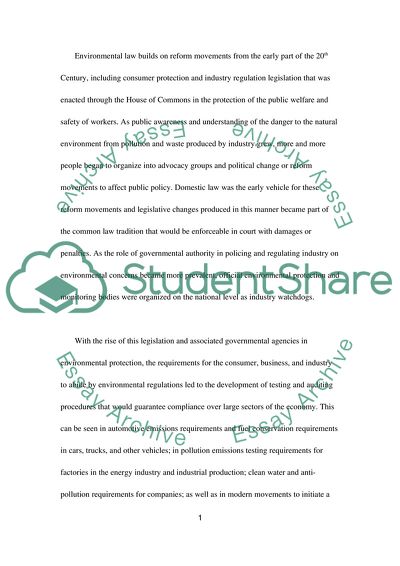Cite this document
(The Development of Environmental Management Systems Term Paper - 1, n.d.)
The Development of Environmental Management Systems Term Paper - 1. https://studentshare.org/environmental-studies/1754251-environmental-law-has-led-the-development-of-environmental-management-systems-and-environmental-auditing-in-particular
The Development of Environmental Management Systems Term Paper - 1. https://studentshare.org/environmental-studies/1754251-environmental-law-has-led-the-development-of-environmental-management-systems-and-environmental-auditing-in-particular
(The Development of Environmental Management Systems Term Paper - 1)
The Development of Environmental Management Systems Term Paper - 1. https://studentshare.org/environmental-studies/1754251-environmental-law-has-led-the-development-of-environmental-management-systems-and-environmental-auditing-in-particular.
The Development of Environmental Management Systems Term Paper - 1. https://studentshare.org/environmental-studies/1754251-environmental-law-has-led-the-development-of-environmental-management-systems-and-environmental-auditing-in-particular.
“The Development of Environmental Management Systems Term Paper - 1”. https://studentshare.org/environmental-studies/1754251-environmental-law-has-led-the-development-of-environmental-management-systems-and-environmental-auditing-in-particular.


